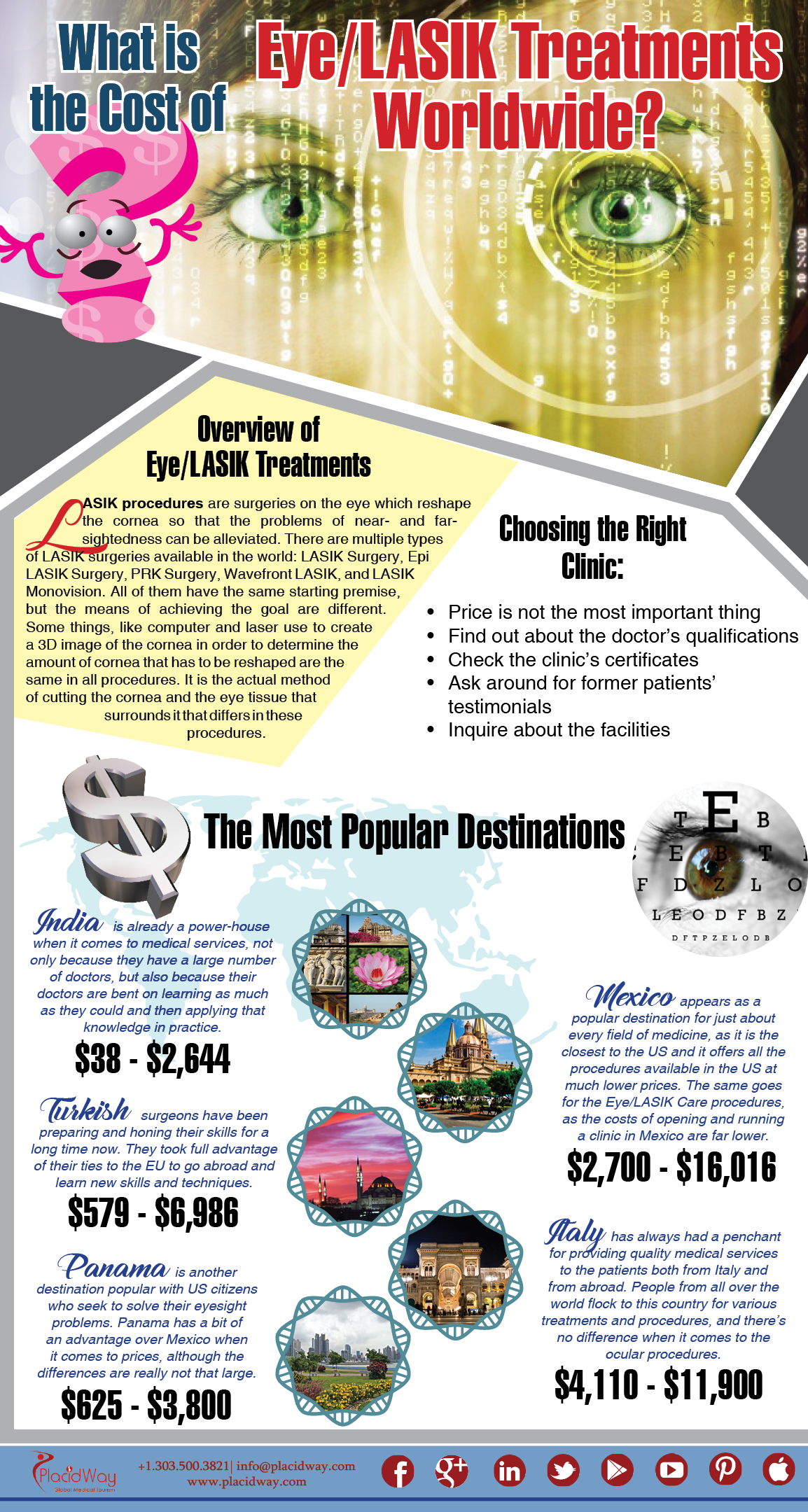As a cataract specialist, your day begins with a thorough eye examination, where you examine clients' vision and lens quality. You understand just how essential it is to identify cataracts precisely. As soon as detected, you get ready for surgical treatment, guaranteeing every information is represented. However the challenge doesn't finish there. The actual trip unfolds in the operating room, where precision is essential. What occurs following might define an individual's aesthetic future.
The Diagnostic Process: Identifying Cataracts
When it comes to detecting cataracts, clearness is crucial. You'll start with a thorough eye exam, where you'll examine visual acuity and look for any indicators of cloudiness in the lens.
During this procedure, you'll make use of specific equipment, such as a slit light, to obtain a thorough view of the eye's framework. You'll additionally carry out a dilated eye exam to assess the lens and retina better.
Gathering your person's medical history is vital, as it assists determine risk aspects like age, diabetic issues, or previous eye injuries.
After analyzing the outcomes, you'll establish the existence and severity of cataracts. https://pros-and-cons-of-monovisi97532.getblogs.net/68795842/cataract-surgery-insights-treatment-threats-entailed-recovery-and-results guarantees you offer the most effective recommendations for therapy, setting the stage for the next action in their care.
The Surgery: Accuracy in Action
After diagnosing cataracts and reviewing therapy options, you plan for the operation, where accuracy is extremely important.
You get in the operating room, donning clean and sterile gloves and a mask. The client relaxes easily under brilliant lights, prepared for the transformation.
You start by carrying out regional anesthetic, ensuring they really feel no discomfort. With https://jasperovcin.weblogco.com/36421273/cataract-surgical-procedure-can-restore-your-vision-however-understanding-the-procedure-and-recuperation-is-necessary-for-making-an-informed-choice-about-your-eye-wellness , you make a little cut in the cornea, making use of innovative strategies to remove the over cast lens.
You very carefully place the synthetic intraocular lens, aligning it flawlessly for ideal vision. Throughout the procedure, you keep track of vitals and change as needed, preserving concentrate on the task.
In simply a short time, you'll have recovered your individual's sight, a rewarding outcome for both of you.
Post-Operative Treatment: Ensuring Optimum Healing
Once the surgical treatment is complete, your role shifts to guaranteeing the client's smooth healing.
You'll start by providing clear post-operative directions, worrying the significance of wearing the eye shield and taking prescribed drugs. Advise them to avoid massaging their eyes and taking part in difficult activities.
Schedule a follow-up appointment within a couple of days to keep track of healing and deal with any issues. Motivate people to report any type of signs of infection, such as boosted soreness or discharge.
Furthermore, discuss the importance of using synthetic rips to ease dry skin. Support their psychological health by comforting them that visual improvements may require time.
Verdict
In a cataract surgeon's day, you witness the journey from medical diagnosis to healing. You see the precision in surgical treatment and the care taken post-operation to ensure your optimum recovery. Through can you correct cataract surgery , you obtain clarity not just in vision, but in recognizing the entire process. The count on established between you and your specialist is important, paving the way for a smoother recovery. With why not look here , you're on your means to delighting in a brighter, more clear world.
